You know that moment when you’re bingeing HGTV and think, “Yeah, I could turn the guest room into a medieval wine dungeon-slash-pilates studio”? Same. But while personalizing your home feels like the ultimate main-character move, not every bold design choice hits the right note when it’s time to sell. In fact, some of the “statement” trends we’ve all drooled over on Pinterest or TikTok are straight-up dealbreakers for buyers—like, immediate nope, back to Zillow vibes.
So before you knock down another wall or install neon underlighting in your kitchen “for the aesthetic,” here’s a reality check: some trends are less timeless and more time-to-relist. We’re talking about design fads that don’t just fall flat—they actively tank your home’s resale value. Ahead, we’re spilling the tea on 12 of the most resale-wrecking design choices that seemed like a good idea… until it was time to hand over the keys.
1. Cinema Rooms
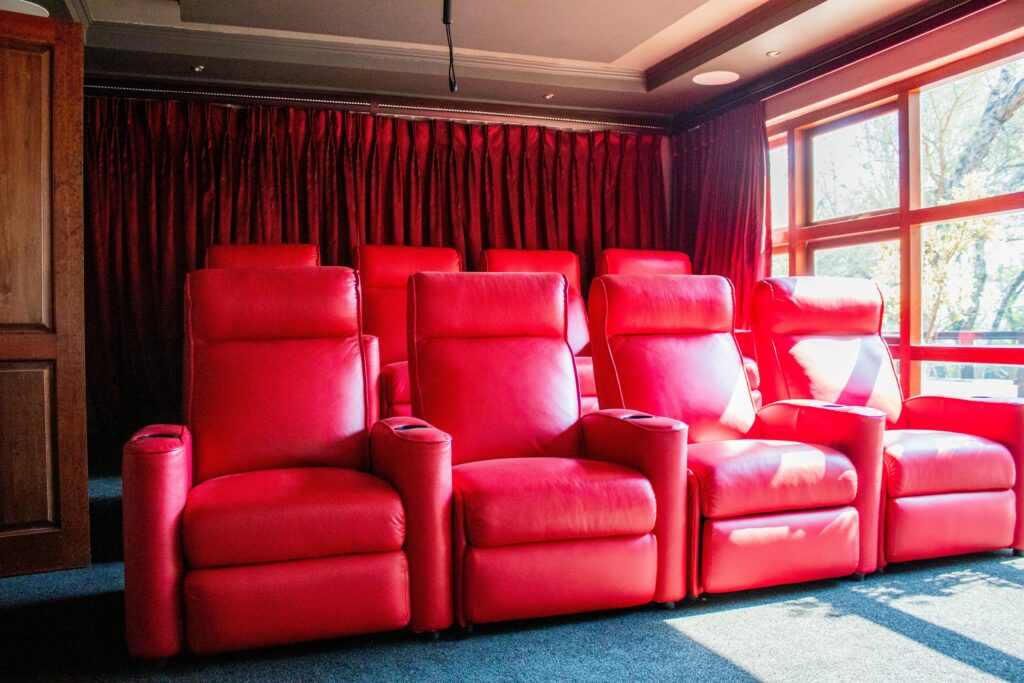
Nothing says “I’m a movie buff” like a dedicated home theater … in theory. But according to the homeowner horror stories shared by Liv Conlon over at The Scottish Sun, niche features such as cinema rooms often alienate buyers who have zero interest in Dolby surround sound or stadium-style seating. They see a dark box, a plumbing nightmare for popcorn machines, and an extra HVAC bill—not exactly universal appeal. It also doesn’t help that these rooms tend to feel dated the minute the latest streaming platform drops. Many buyers would rather DIY a cozy nook than inherit a cavernous, themed theater. And spoiler alert: converting it back to something “normal” can cost almost as much as the original install.
Movie nights sound dreamy until you realize most buyers just want a bright, flexible living space they can Instagram, not a mini-AMC. Worse, those recliners collect dust faster than you can say “prequel trilogy,” and you’re stuck explaining why you gutted half your house for one weekend-a-month use. Plus, any wiring or acoustic treatments are costly to remove, so you’ll end up eating the teardown bills. True universal spaces—think open, light-filled lounges—always trump hyper-themed rooms. And when push comes to shove, that extra square footage can be better leveraged as a home office, playroom, or guest suite—options that actually move the needle during showings.
2. Bold Painted Brick
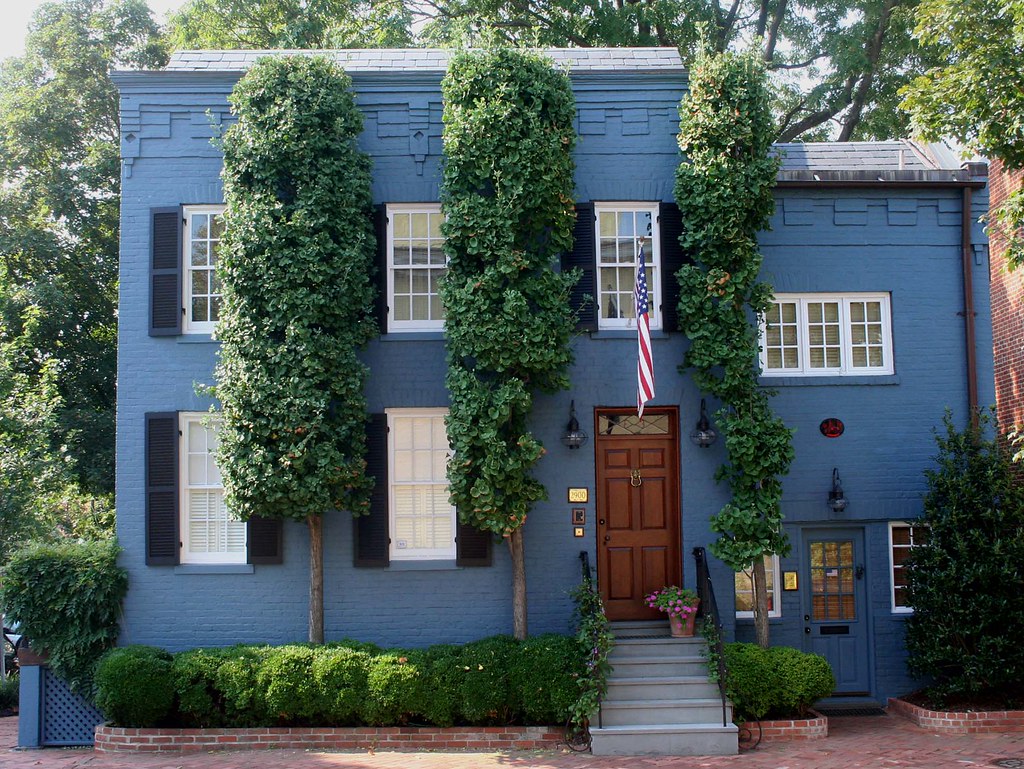
Sure, painting your exterior brick bubblegum pink might make you the talk of the block on TikTok, but as experts at Better Homes & Gardens warn, painting natural brick typically messes with the material’s integrity and nags future owners with repaint chores and moisture issues. Homebuyers love the low-maintenance look of exposed brick, not endless touch-ups. Over time, those tiny hairline cracks let in moisture, leading to peeling paint and even frost damage in colder regions.
Flip through any real estate listing and you’ll see vaulted ceilings and exposed beams outselling colored brick facades by miles. A bold façade might suit your vibe, but buyers want neutral classics that let their own décor shine. Painted brick often peels in hot climates, turning into a fugly patchwork. And peeling paint isn’t a weekend project—it’s a rip-out-and-repoint-the-whole-wall ordeal. Your flashy makeover could end up a cautionary tale in their buying diary. Plus, if you ever decide to sell, you’re stuck revealing in disclosures that your brick “needs maintenance,” which is basically a sale-killer right there.
3. Custom Home Gyms
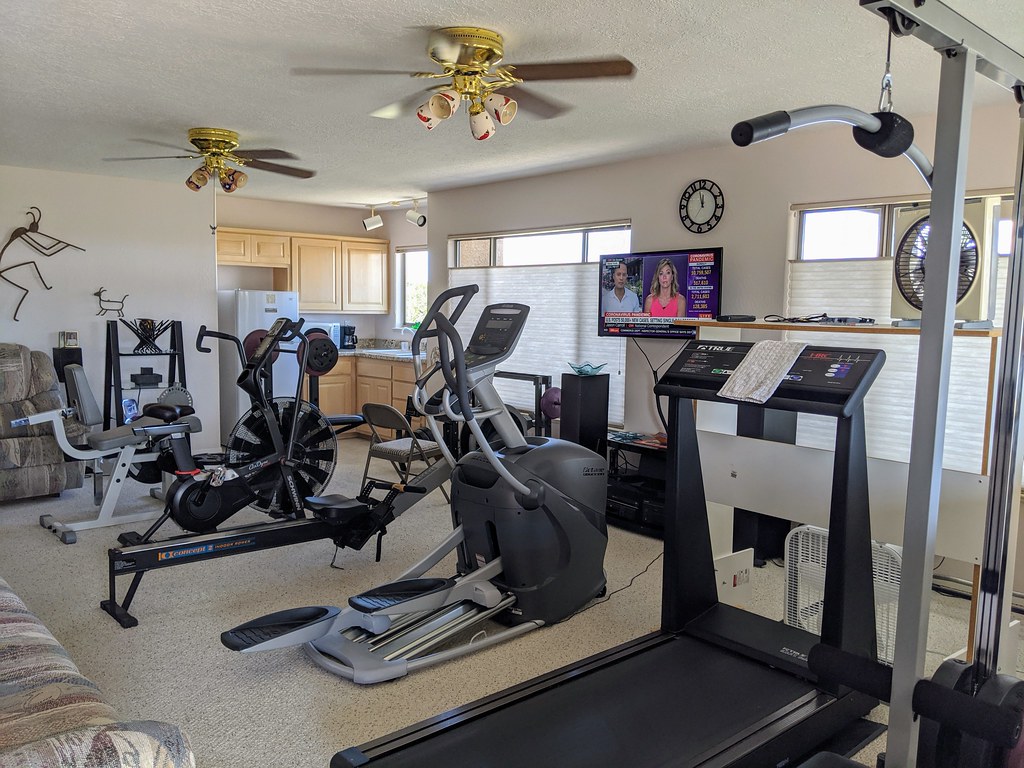
Channeling your inner influencer with a floor-to-ceiling mirror gym might work for your #MondayMotivation post, but according to pros at Southern Living, built-in workout spaces rarely appeal to the broader market. You’ve just robbed yourself of prime real estate: an extra bedroom, office, or guest suite—features virtually every buyer demands. And let’s face it, most buyers aren’t willing to spend on retrofitting that sweaty niche back into something functional.
Instead of drooling over kettlebells, think versatile zones. Housewives of Zillow-land crave spaces that morph at whim: day-job office, weekend art studio, holiday guest room. Unless you plan to sell only to triathletes, that sweat-zone becomes wasted square footage, and converting it back is a wallet-busting endeavor. Multi-use fitness furniture—fold-away machines and compact equipment—can scratch your gym itch without condemning your home’s resale value. Remember, the only thing more exhausting than a hardcore workout is trying to unload a house with one.
4. In-Home Spas
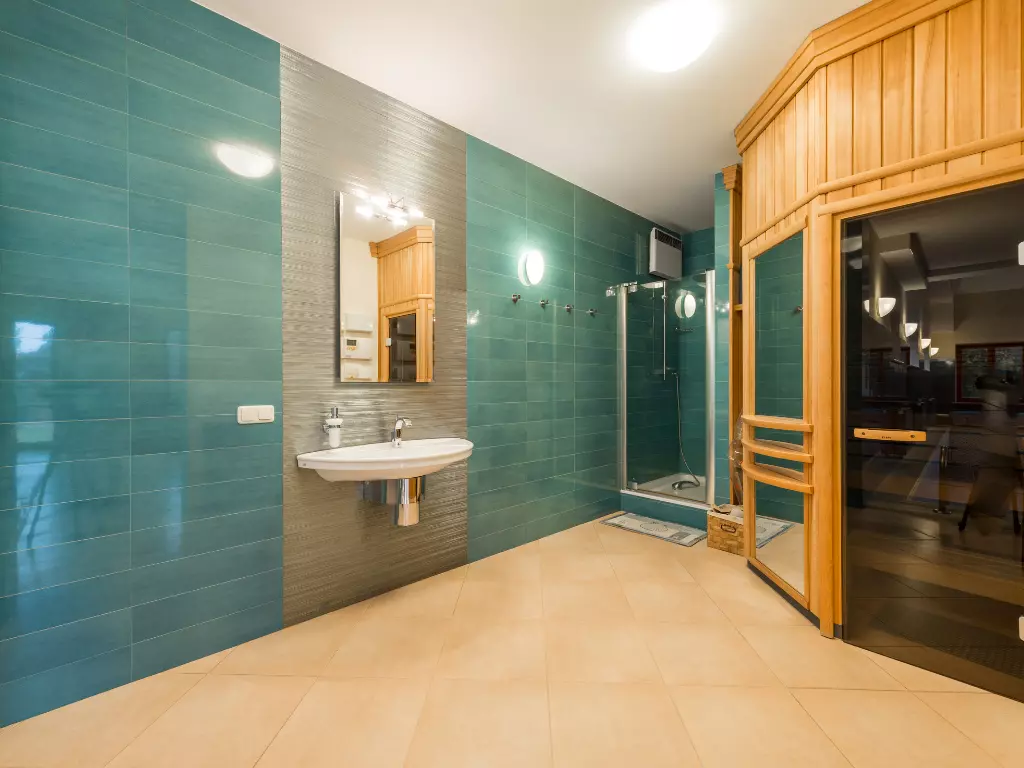
Vacations are great—until you realize you spent half your budget installing a steam room in your powder bath. Apartment Therapy cautions that luxe, ultra-specific spa features can intimidate or even irritate buyers who dread the extra cleaning, humidity control, and plumbing headaches. You might love eucalyptus showers, but potential owners envision mold inspections and heftier utility bills. And let’s not even talk about the nightmare of fixing a steam leak behind those tile walls.
A modest tile upgrade and a rainfall showerhead give spa vibes without hijacking your home for one person’s R&R. And let’s face it, most buyers can’t resist a deep dive into remodeling personally—why hand them a built-in project? If you crave daily pampering, consider portable steamers or a claw-foot tub that doubles as Instagram décor, leaving your home’s bones wonderfully neutral while you pamper yourself without scaring off buyers. At the end of the day, spa amenities are best left to destination resorts, not your living quarters.
5. Synthetic Turf
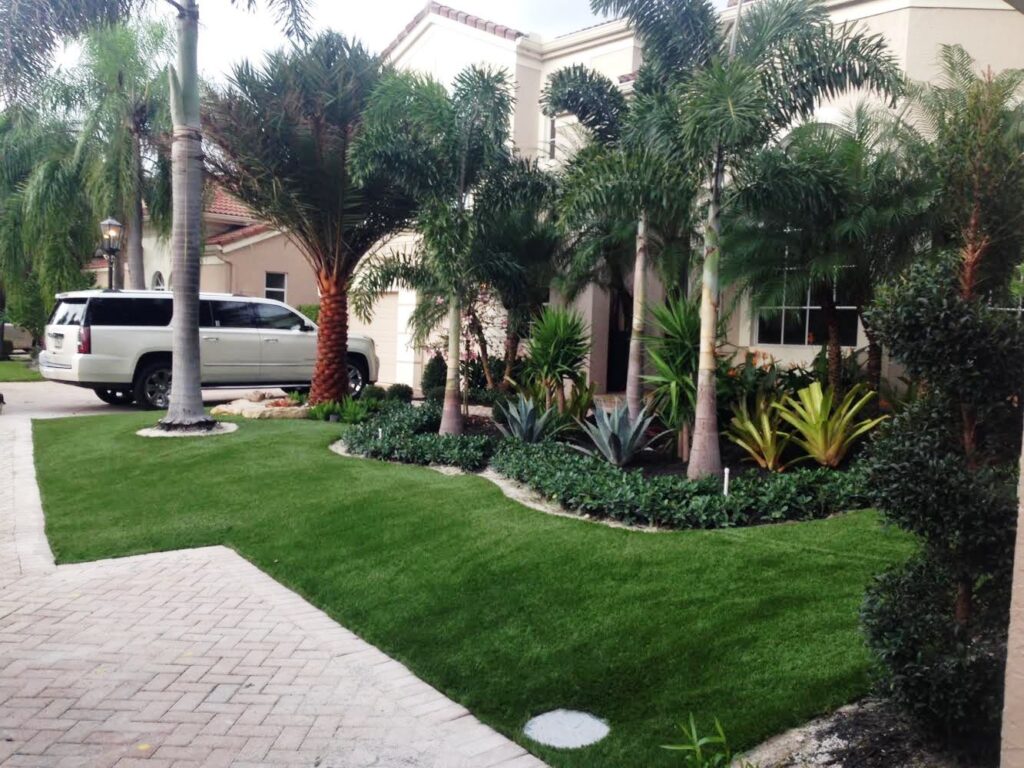
Zero-maintenance lawns sound like paradise—until you realize no one wants an anthill of faded green plastic. Zillow’s 2024 home-features report found that artificial turf can actually slow your sale, thanks to drainage issues and buyer skepticism about chemicals and heat retention. Suddenly, that fake-grass dream morphs into a DIY headache and a resale red flag.
Beyond aesthetic turn-offs, artificial grass traps heat, making playdates and afternoon cookouts a sweaty nightmare. It ages poorly—think fraying edges and permanent skid marks. And if your turf hides a drainage problem, you’re essentially covering up a lawsuit waiting to happen. Instead, stick to native plantings and smart sprinkler systems: less Insta-worthy, but much more buyer-friendly. Plus, real grass adds value by improving air quality and curb appeal—real things buyers notice (and appreciate) on move-in day.
6. Popcorn Ceilings
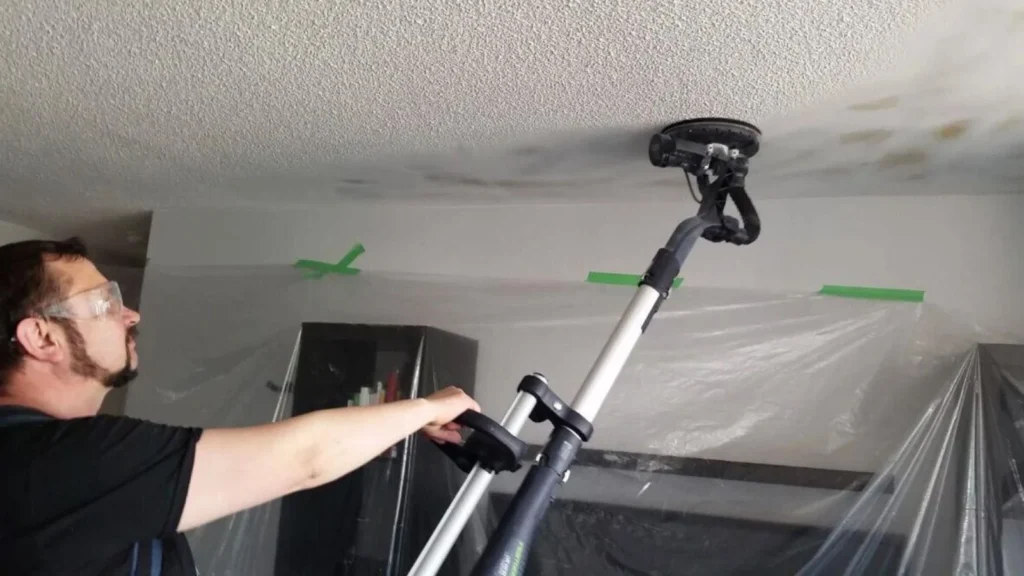
Remember those cottage-cheese-flavored ceilings of the ’70s and ’80s? They’re still lurking above your head, and if they haven’t been removed, buyers will assume asbestos and scoot on to the next listing. Modern shoppers crave clean, smooth finishes—period. Removing popcorn ceilings is relatively inexpensive, and the payoff in appeal is immediate. If your ceiling is still channeling retro diner vibes, it screams “deferred maintenance” louder than chipped paint.
Plus, drywall skim coats or simple drywall overlays are DIY-friendly, delivering instant “wow” for house hunters. Treat your ceiling like the fifth wall: upgrade it, don’t hide it. Even a subtle ceiling paint refresh can lift a room’s perceived value without lifting a single tool. Buyers see popcorn ceilings as an instant renovation chore—and no one’s falling in love with chores during a walkthrough. Want to keep the vintage charm? Use it in your furniture, not overhead.
7. Overused Subway Tile
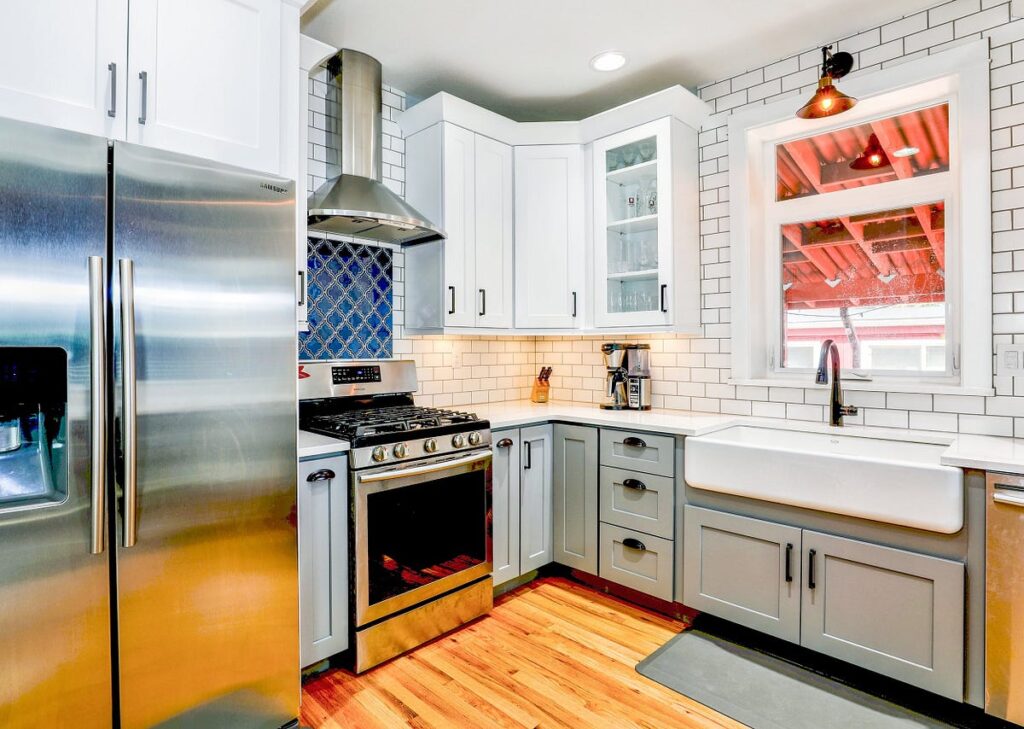
Subway tile everywhere was cool in 2017, but now it’s the Starbucks of design—predictable and, honestly, boring. When every kitchen remodel boasts the same 3×6 white tile with gray grout, buyers glaze over. Unique, high-contrast backsplashes—marble mosaics, patterned ceramics—signal thoughtfulness, not cookie-cutter bliss. If you crave that classic vibe, consider a fresh grout color (navy, charcoal) or a complementary accent strip instead of wall-to-ceiling uniformity.
A little pop keeps buyers interested without dating your kitchen too quickly. The problem isn’t the tile—it’s the lack of creativity. People want kitchens that feel curated, not duplicated from 50 Pinterest boards ago. If you must go classic, play with layout: try herringbone or vertical stack patterns to mix it up. Or better yet, blend in natural textures like stone or glass for a custom vibe that doesn’t scream “landlord special.”
8. All-Open Concept Floors
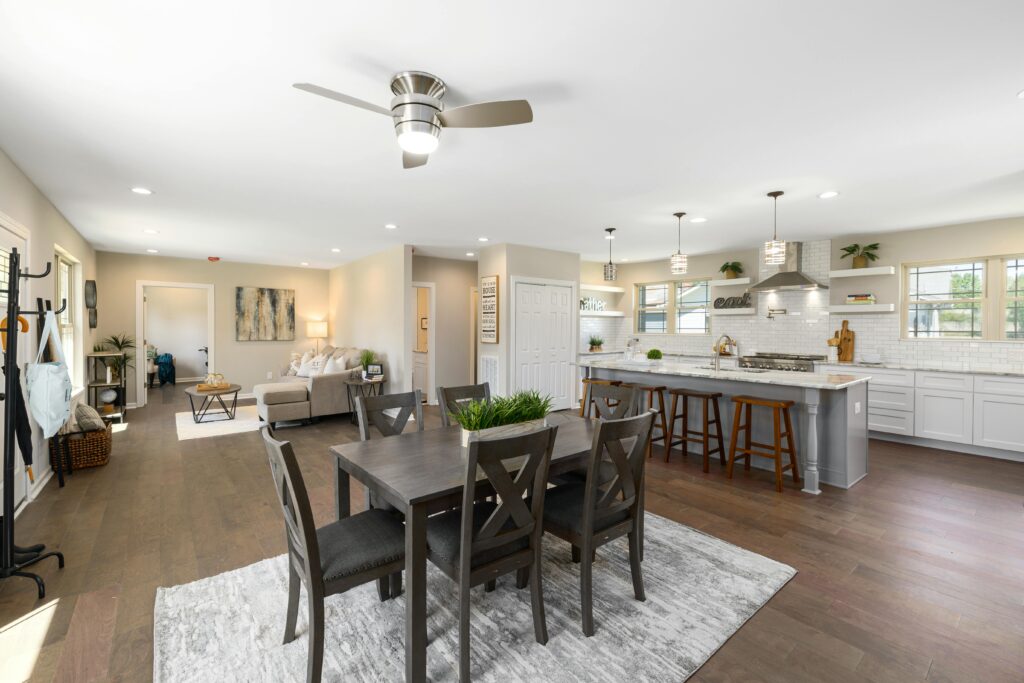
The open-plan fever peaked years ago, and many buyers are now craving defined rooms—hello, soundproof home office! Without walls, noise travels, privacy vanishes, and your favorite shows become communal karaoke nights. Flexible wall systems or half-walls offer the best of both worlds: openness plus privacy. Think about acoustics: hardwood–everything makes for a noisy echo chamber.
Area rugs and strategic divider furniture can carve out cozy corners and improve resale odds more than knocking down that living-room wall ever could. COVID-era living made one thing clear: we all need doors sometimes. Separate spaces for working, Zoom-schooling, and decompressing are now a real selling point. Buyers want to see a place where the kids can yell and the parents can’t hear it. Let your layout reflect modern life, not HGTV fantasies from 2013.
9. Neon Accent Walls
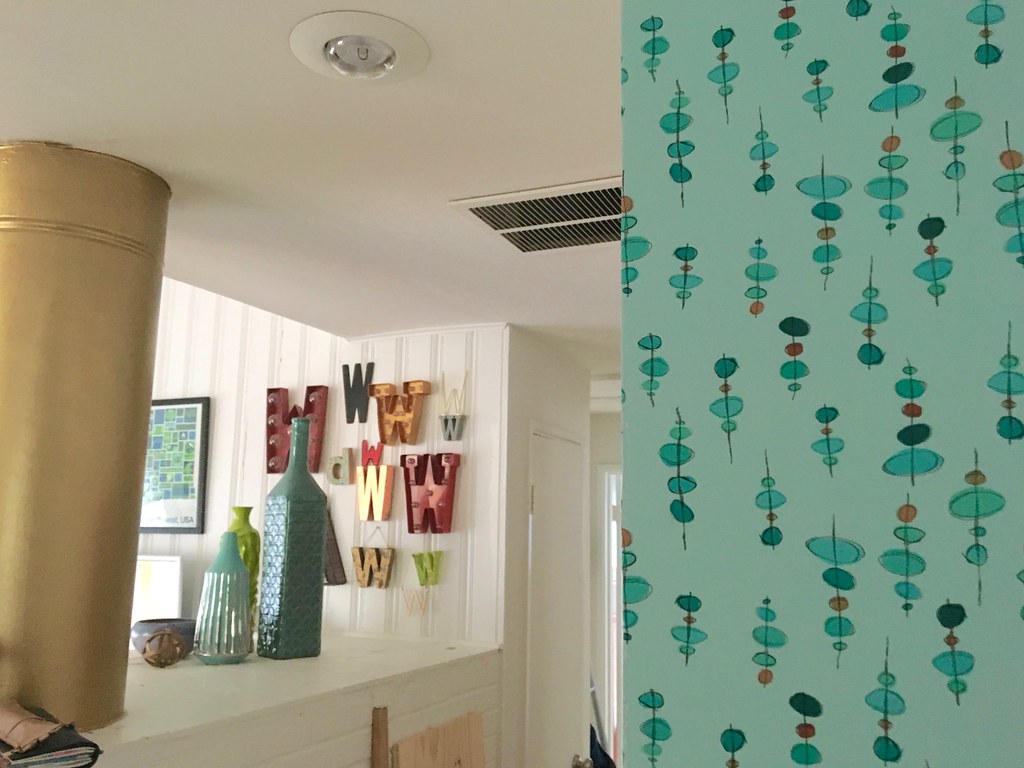
Electric fuchsia or lime green anarchy might spice up your TikTok videos, but it instantly dates your home and narrows your pool to only the boldest buyers. Paint is cheap—so paint neutral. Want a statement? Invest in accent furniture, throw pillows, or peel-and-stick wallpaper that’s easily reversible. Buyers want turnkey calm, not sensory overload.
Remember: color trends fade faster than clout. Keep walls neutral, let your décor do the talking, and you’ll keep future buyers smiling, not squinting. The problem isn’t color—it’s commitment. Most people just don’t want to spend their first weekend repainting radioactive green. And even if they do, they’re probably shaving a few grand off their offer to pay for it.
10. Oversized Chandeliers
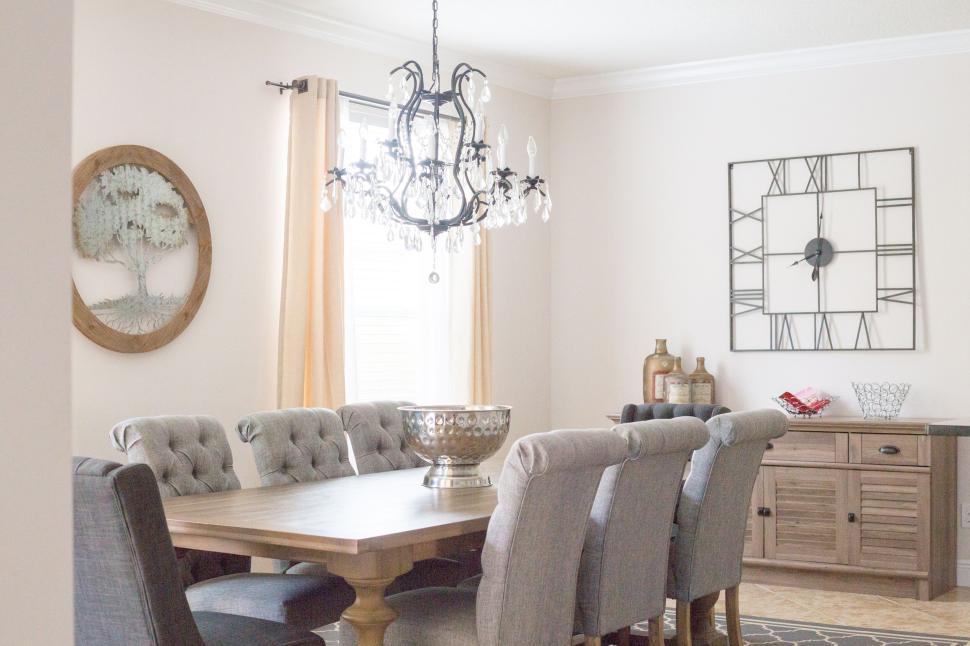
Big chandeliers are like dangling diamonds in a thrift shop—often too ostentatious for everyday life. They can dominate a dining room or foyer, making spaces feel top-heavy and awkward. Buyers worry about popcorn-ceiling clearances, bulb changes, and awkward photogenic angles. A simpler, more streamlined fixture can elevate the space without screaming, “Look at me!”
Think layers: recessed can lights plus a modest pendant. It’s elegance minus intimidation—exactly what resale buyers want. Plus, oversized fixtures often suggest the homeowner tried too hard and missed the mark. Good lighting should flatter the room, not compete with it. If you can’t clean it with a step stool, it’s probably too much. Save the statement pieces for art, not overhead hazards.
11. Dark Walls in Small Rooms
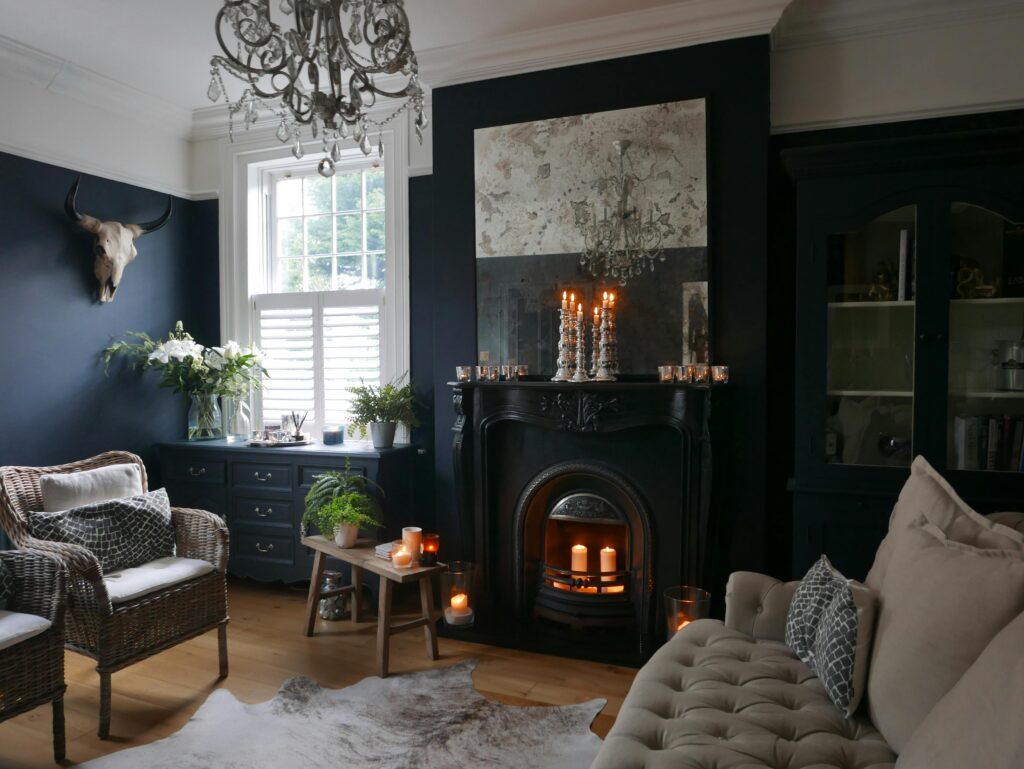
Moody, charcoal-black bedrooms are “influencer-approved,” but squeezing into a dim, cave-like space is a hard pass for many. Light, airy vibes feel bigger and more inviting—crucial selling points. If you’re channeling Goth chic, choose one accent wall and complement with bright linens and mirrors. Buyers love drama, but not claustrophobia.
Dark walls can work in large spaces with high ceilings, but in smaller rooms they’re visual quicksand. What’s cozy to you might be coffin-core to someone else. Paint can easily make or break how a space feels—don’t make it feel like a panic room. Save your deepest hues for powder rooms, reading nooks, or temporary wallpaper that doesn’t send buyers running for their therapy apps.
12. Built-In Aquarium Walls
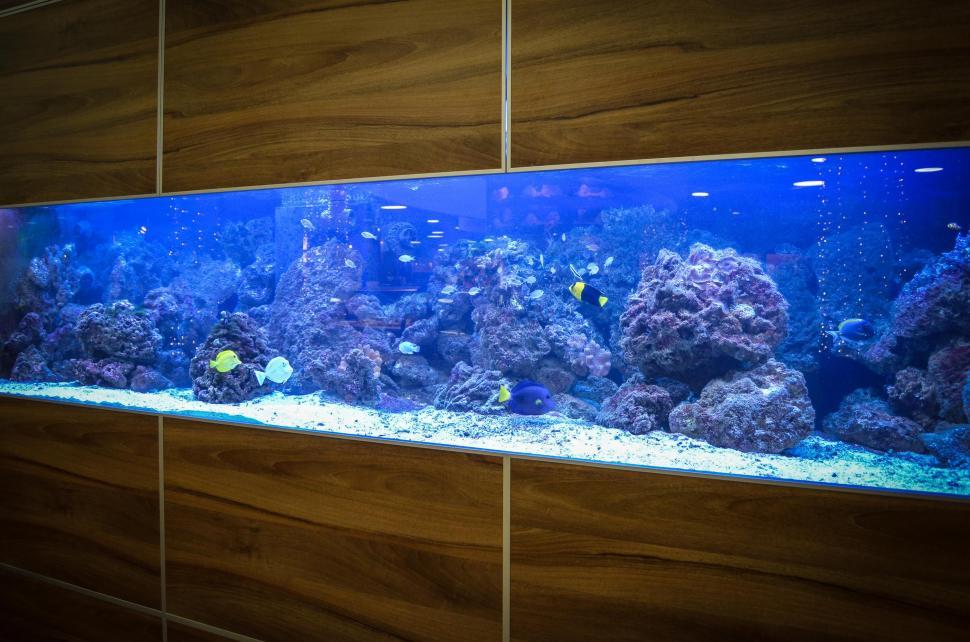
An aquarium between your living room and kitchen might wow your Insta followers, but for resale, it’s a high-maintenance nightmare. Potential leaks, electrical hazards, and animal welfare concerns are red flags. Most buyers don’t want to inherit your pet fish or the looming threat of water damage. Stick to artwork or a faux-tank shelf that you can take when you move.
It’s less fin-icky and won’t tank your sale. That built-in tank may have been your zen zone, but buyers see custom cabinetry, awkward plumbing, and a to-do list they didn’t ask for. Not to mention, the moment it’s empty during showings? It looks sad and weird. Trust us—“dry fish tank” is not a design vibe anyone’s looking for in 2025.
This article is for informational purposes only and should not be construed as financial advice. Consult a financial professional before making investment or other financial decisions. The author and publisher make no warranties of any kind.









